Earth revolves around the sun for 365 days, and it rotates every single day. Each part of the planet has distinctive features, for example, countries on Earth that are near the equator, are considered tropical countries, wherein they do not experience snow or winter because they are always directly facing the sun, they only experience two seasons— summer, and the rainy season. Those countries that are further from the equator experiences winter, and those countries or places that are way higher and below experience much colder temperatures.
If you ask anybody about what they think is the coldest place on Earth, would you believe that there is no doubt that they would answer Antarctica? Yes, Antarctica, it seems like that there is a natural cause that makes us think that Antarctica is the coldest place on earth, from we were kids, up to now that we are adults. Antarctica is really mysterious and at the same time majestic, it is also considered the coldest place on Earth, as to why? if you are interested to know why and where is the coldest place on Earth, then you might want to dive deep into this Article.
Antarctica is a continent without nations. We usually know continents have countries but Antarctica is an exemption from that. It is also not owned by any countries that are near it nor does it have a flag or government. There is also an Antarctic Treaty that was signed that no mining shall be done in Antarctica, to preserve all the natural resources it holds. Many are misinterpreting Antarctica as a country but it is not, it is a continent, so you can imagine how vastly the whole archipelago is.
The average temperature in Antarctica, mind you, annually is over -70 F but it is changing and sometimes even lower, remember the lower the number goes the colder the temperature is. It is also home to many animals that are built for the cold like Penguins, Polar Bears, Whale Sharks, Sea Lions (also called Arctic fur seals), etc. As to if there are people/humans living in Antarctica, we will further elaborate as we unravel the frequent questions asked about the coldest place on the planet.
Things To Do While Visiting Antarctica
- Visit a research station: Many countries operate research stations on the continent, and visitors may be able to tour the facilities and learn about the scientific research being conducted there.
- Take a cruise: Many tour operators offer cruises to Antarctica, which allow visitors to see the continent’s wildlife and natural beauty from the comfort of a ship.
- Observe wildlife: Antarctica is home to a variety of unique wildlife, including penguins, seals, and whales. Visitors can observe these animals in their natural habitat.
- Go kayaking or sailing: Some tour operators offer the opportunity to kayak or sail around the continent, allowing visitors to get a closer look at the ice and wildlife.
- Visit historical sites: Visitors can visit historic sites such as the remains of whaling stations and explorer’s huts.
- Participate in a citizen science project: Some tour operators offer visitors the opportunity to participate in scientific research projects, such as monitoring wildlife or collecting data on the environment.
- Go skiing or snowboarding: visitors can also go skiing or snowboarding on the continent, but it’s important to be well equipped and accompanied by an expert guide.
It’s important to note that visiting Antarctica is restricted, and requires permit and authorization from the country that owns the research station you are visiting or the tour operator you are using. Moreover, there are a number of environmental regulations in place to protect the continent’s delicate ecosystem, and visitors are expected to follow these rules.
Most Frequently Asked Questions About Antarctica
Q-1. Where is Antarctica?
In contrast to some stereotyping that cold places are always located up north, Antarctica is located in the southernmost part of the Southern Hemisphere. Being at the southernmost part of the globe makes sunlight not reach it too near, making the continent covered with ice, it is also covered with the southern ocean, and mind you, ninety percent (90%) of the continent is covered with fresh water ice and seventy percent (70%) of completely fresh water is found in Antarctica.
You May Also Like These
Q-2. Do people live in Antarctica?
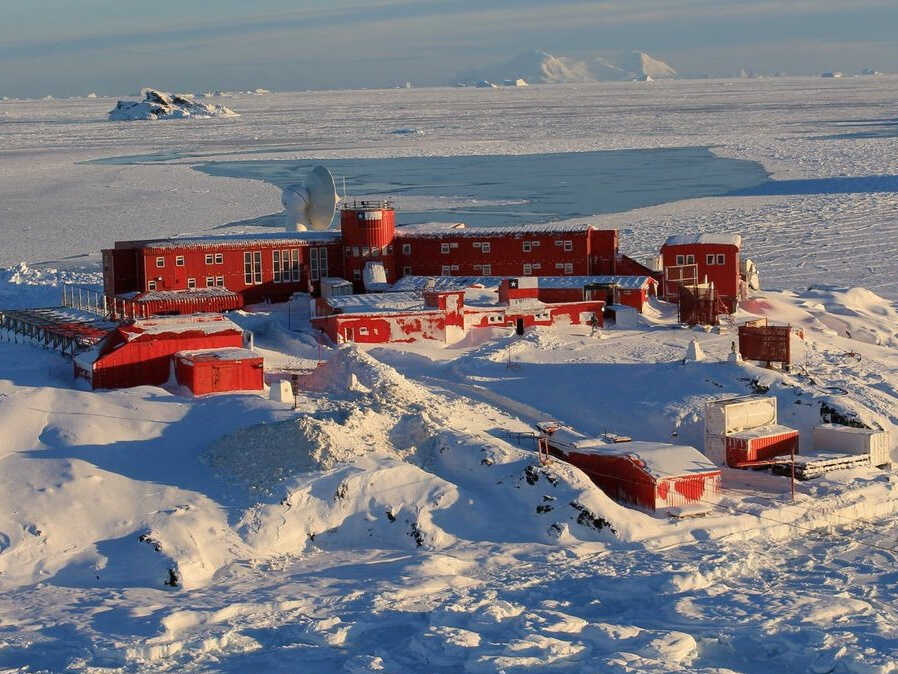
The answer would be yes, people do inhabit Antarctica, but not on the normal inhabiting of a country you know. There are no towns in Antarctica, no heritage sites, no infrastructures as skyscrapers, none. But why are there people? These people are mostly scientists and researchers. No commercial projects are allowed on the continent but scientific explorations that can contribute to the world are allowed to be conducted in Antarctica. As to many questions “can people live in Antarctica?” the answer would be yes in general speaking terms but only if you have all the right equipment and settlement base, that’s why only scientists and researchers are inhabiting there because they are funded and supported by big organizations.
Antarctica is the most remote and inhospitable continent on Earth, with an average temperature of -56.6 degrees Celsius and no permanent residents. However, there are a number of people who live in Antarctica for varying lengths of time to conduct scientific research, support operations, and perform other duties.
The majority of people living in Antarctica are scientists and support staff who work at research stations operated by various countries. These stations can accommodate up to several hundred people during the summer months, but in the winter, the population drops to around a hundred.
The living conditions at these research stations are challenging, with harsh weather, limited daylight, and isolation from the rest of the world. To combat these conditions, the stations are equipped with amenities such as gyms, libraries, and recreational areas to help maintain the mental and physical well-being of the residents.
Despite the challenges, many people who live in Antarctica describe the experience as incredibly rewarding. They have the opportunity to conduct cutting-edge research in one of the most remote and unique environments on Earth, and also form close bonds with their fellow residents due to the small and tight-knit community.
In addition to research stations, there are also a small number of people who live in Antarctica to support tourism and logistics operations. These individuals, such as tour guides and pilots, also have to contend with the harsh living conditions but often find the experience of working in such a unique and remote location to be very fulfilling.
Overall, while living in Antarctica is incredibly challenging, it can also be a very rewarding experience for those who are able to withstand the harsh conditions and make the most of the unique opportunity to work in such a remote and unique place.
Q-3. Difference between the Arctic and Antarctica
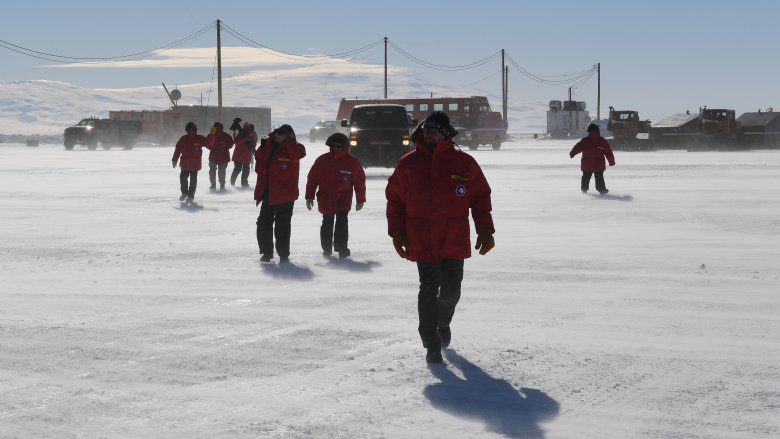
Of course, you are familiar with the north pole and south pole, because we got to study these in primary school days or just the old tales that Santa Claus and his elves live in the north.
The Arctic is located in the Northern Hemisphere and is made up of the Arctic Ocean and the surrounding landmasses, including parts of Canada, Greenland, Russia, and Norway. The Arctic is home to a wide variety of wildlife, including polar bears, walruses, and various species of seal and whale. The Arctic also has a significant human population, with many indigenous communities living in the region.
Antarctica, on the other hand, is located in the Southern Hemisphere and is a continent surrounded by the Southern Ocean. Antarctica is much larger than the Arctic, but it is also much colder and drier. It is also uninhabitable by humans, with no permanent residents and only a few thousand people living there at any given time for scientific research and logistics.
Another key difference is that the Arctic is experiencing rapid warming due to climate change, which is causing the sea ice to retreat, whereas Antarctica is largely uninhabited and its ice sheet is also melting but at a much slower rate.
The Arctic is also a site of potential oil and gas reserves, fishing, and shipping lanes, whereas Antarctica is protected by international treaty and designated as a scientific preserve, with no commercial activities allowed.
Overall, the Arctic and Antarctica are both unique and fragile environments, but they have distinct characteristics, challenges, and opportunities.
You May Also Like These
Q-4. Is it always daylight in Antarctica?
No, it is not always daylight in Antarctica. The continent experiences a unique phenomenon known as the polar night, where the sun does not rise above the horizon for several months. This occurs during the winter months, typically from April to September, depending on the location. During this period, the entire continent is in darkness and the residents of research stations and other facilities on the continent must rely on artificial lighting to see.
On the other hand, during the summer months, from October to March, Antarctica experiences the polar day, where the sun never sets. This means that it is daylight 24 hours a day for several months. This can be disorienting for some people and can disrupt their sleep patterns, which can have negative effects on their overall well-being.
The polar night and polar day are caused by the tilt of the Earth’s axis and the way that it orbits the sun. The Arctic and Antarctic circles mark the areas where the polar night and polar day occur. The Arctic experiences the polar night and day in opposite months to Antarctica.
It’s important to note that these polar night and polar day are not experienced in the same way in all the Antarctica, but only in the areas close to the poles. The closer you are to the Antarctic Circle, the more drastic the change in daylight is, while areas closer to the coast of Antarctica will experience less extreme changes in daylight.
Q-5. What would happen if Antarctica melt?
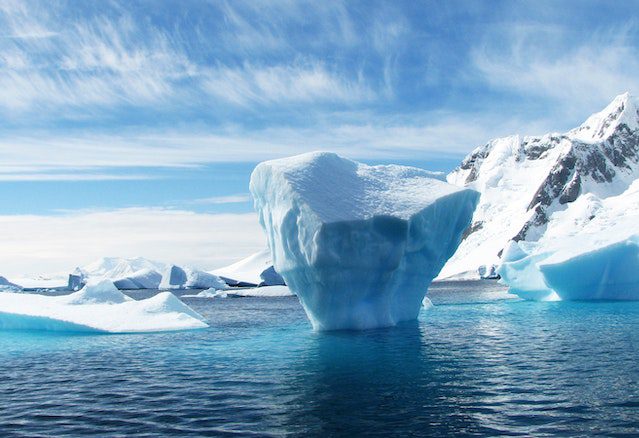
Every time a sheet of ice melts in Antarctica and the Arctic the sea level rise. So, imagine if the whole continent of Antarctica melts, then that would mean that the sea level will rise up to 70 meters or 230 feet, and this will result to drown or shrink the lands near the coasts. That is why the fight against Global Warming change and Climate Change is in debate for years now, because if we humans still don’t act now, then the future is in definite no outcome.
If Antarctica were to melt, it would have a significant impact on global sea levels. The majority of the ice in Antarctica is located in the West Antarctic Ice Sheet and the East Antarctic Ice Sheet. If all of this ice were to melt, it would cause sea levels to rise by approximately 60 meters (197 feet). This would have a devastating effect on coastal cities and low-lying areas, leading to widespread flooding and displacement of populations. Additionally, the melting of Antarctica would also disrupt ocean currents, leading to changes in weather patterns and potentially causing more extreme weather events. The melting of Antarctica would also affect the marine life and ecosystem which are currently sustained by the ice. This could lead to extinction of some species and a shift in the balance of the entire ecosystem.
Some Interesting And Hidden Facts Of Antarctica
-
- Antarctica is the world’s highest, driest, and coldest continent. It is also the windiest, with winds reaching up to 320 km/h (200 mph) in some places.
- Despite being covered in ice, Antarctica is technically a desert, receiving less than 200 mm (8 inches) of precipitation per year.
- The largest volcano in the world, the Mauna Kea volcano in Hawaii, is taller than Mount Everest when measured from its base on the ocean floor. The second-highest volcano in the world is the Thule volcano in Antarctica.
- Antarctica is home to a number of unique species, including penguins, seals, and krill. The continent is also home to the largest known colony of emperor penguins, which can number in the hundreds of thousands.
- The first recorded sighting of Antarctica was made by the Russian explorer Fabian von Bellingshausen in 1820. However, it is believed that the ancient Polynesians may have discovered the continent as early as the 6th century AD.
- The Antarctic Treaty, signed in 1959, allows only peaceful uses of the continent and prohibits military activity. It also designates the continent as a natural reserve and prohibits mineral mining for the next 50 years.
- Antarctica is home to some of the coldest temperatures on Earth, with the lowest recorded temperature being -128.6°F (-89.2°C) at the Soviet Union’s Vostok Station in 1983.
- Antarctica is home to a number of research stations from different countries, but most of them are closed during the winter because of extreme weather conditions.

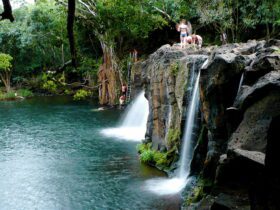
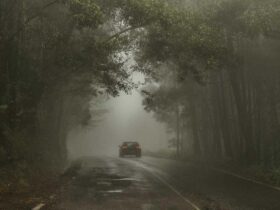




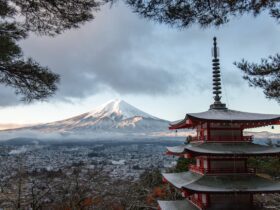


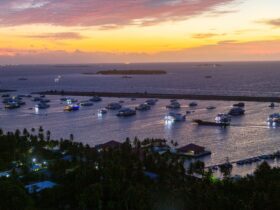

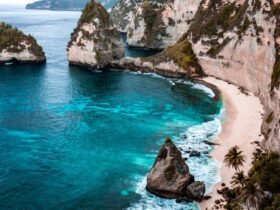


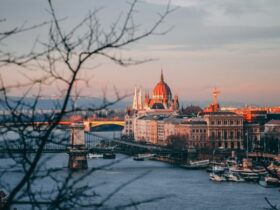









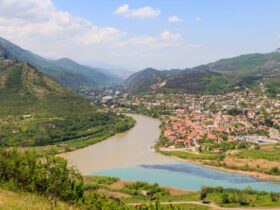
Leave a Reply
View Comments